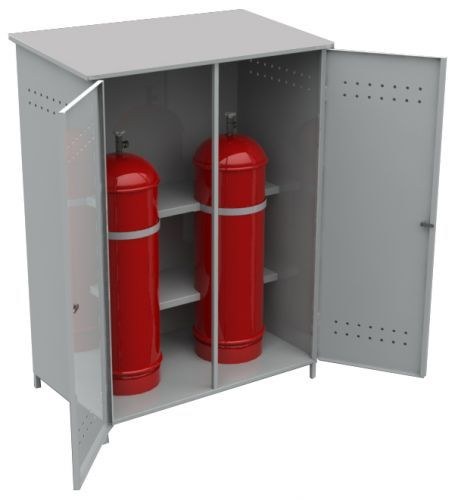You will need
- table of density of a substance;
- calculator;
- computer.
Instruction
1
If the volume of the physical body (container, space), but is given in non-si units, simply multiply by the appropriate core factor. For example, to find the cubic meters, knowing the number of liters or cubic decimeters, multiply the number of litres per mil (or part per thousand).
2
If the volume is specified in cubic centimeters, then multiply it by one millionth (0,000001). If the volume is measured in cubic millimeters, to translate to cubic yards, multiply this number by one billion (0,000000001)
3
Example: to find the number of cubic meters of domestic gas, contained in a standard "propane" tank.
Solution: the volume of a regular cylinder is 50 litres. Multiply this number by 0.001 – 0.05 m3 will receive.
Answer:the volume of a gas cylinder is 0.05 cubic meters.
Note. The gas in the cylinder is liquefied under high pressure, therefore, its volume is much more.
Solution: the volume of a regular cylinder is 50 litres. Multiply this number by 0.001 – 0.05 m3 will receive.
Answer:the volume of a gas cylinder is 0.05 cubic meters.
Note. The gas in the cylinder is liquefied under high pressure, therefore, its volume is much more.
4
If you know the mass of the body, to find the number of cubic meters you multiply the mass by the density. Mass must be expressed in kilograms and the density in kg/m3. The result in this case will be in cubic meters. The density of a substance can be found in reference literature or measured independently. Note that the density of water equals 1000 kilograms per cubic meter. Approximately the same value and is equal to the density of many used in practice, liquids.
5
Often, in practice, to find the number of cubic meters of helps form of the subject (capacity building). For example, if the body is a rectangular parallelepiped (standard carton, piece), then its volume will be equal to the product of length, width and height (thickness) of the subject.
6
If the base object has a more complex shape, but a constant height, then multiply the square base to the height. For example, for cylinder a square base will be equal to PI R squared (πr2), where r is the radius of the circle lying at the base.
